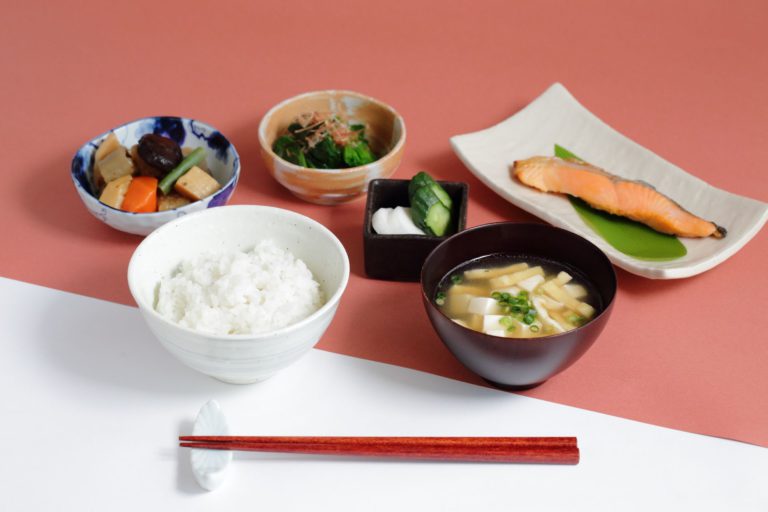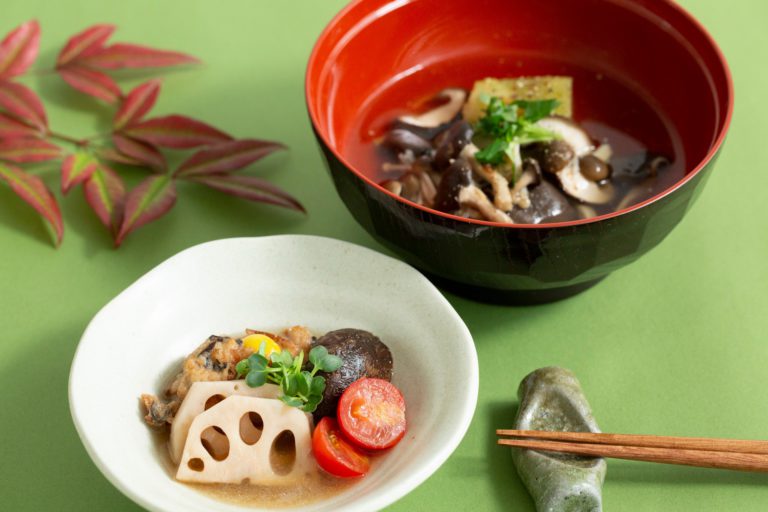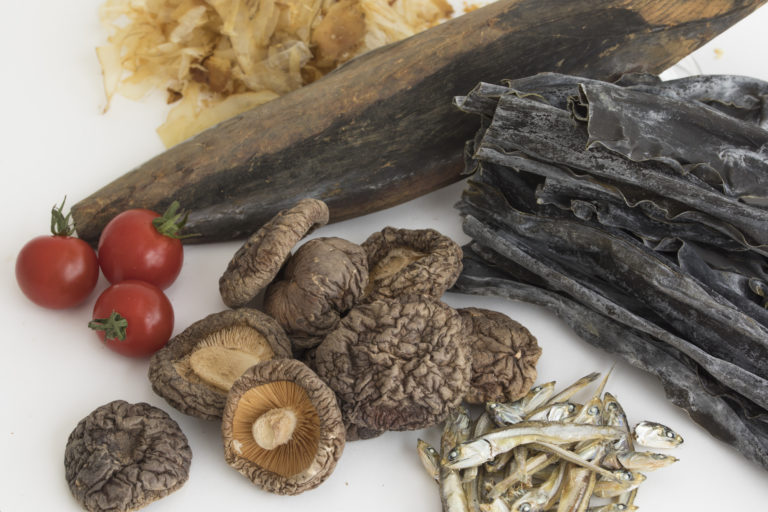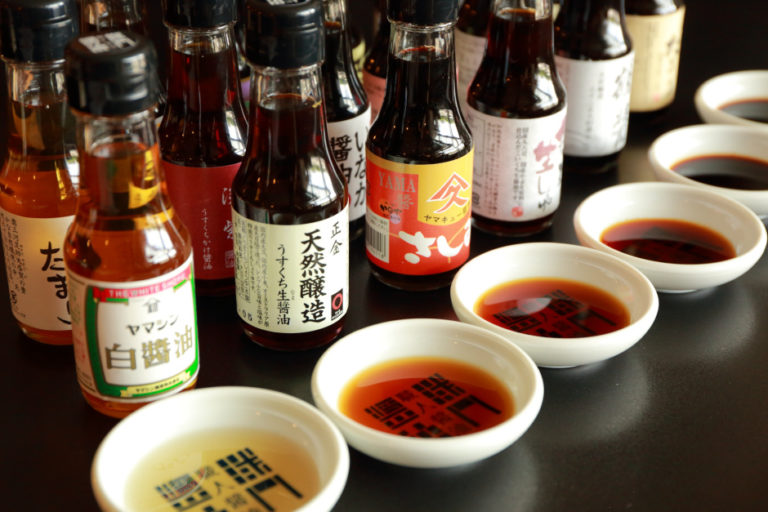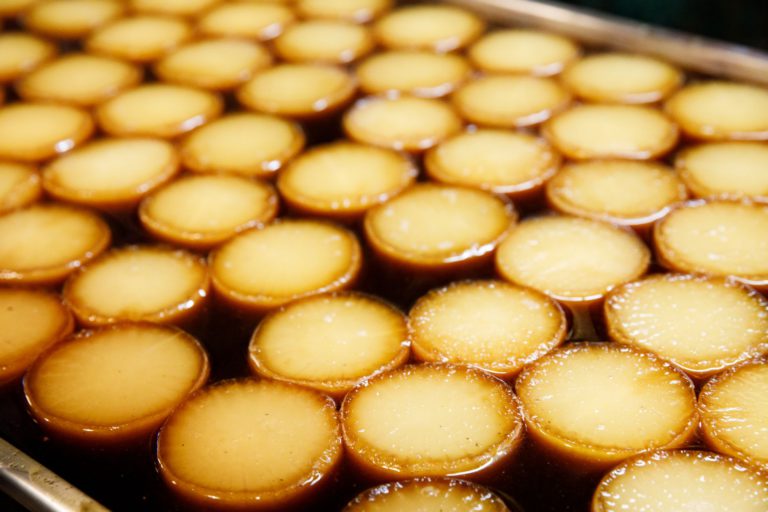The Magic of Dashi: The Essence of Japanese Cuisine
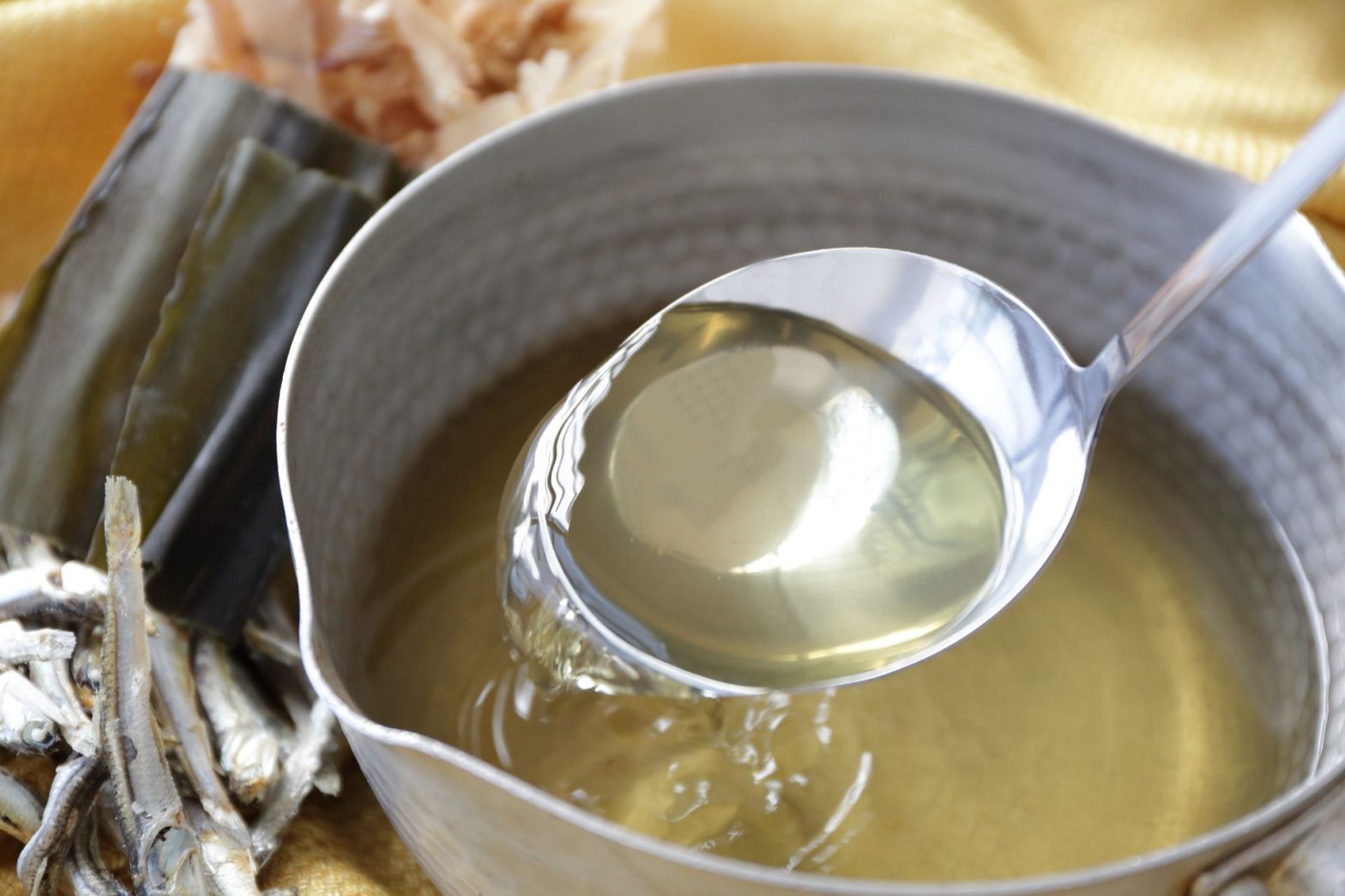
As November is Washoku Month, we present the characters of various types of dashi along with recommended recipes featured in previous editions of SHUNGATE.
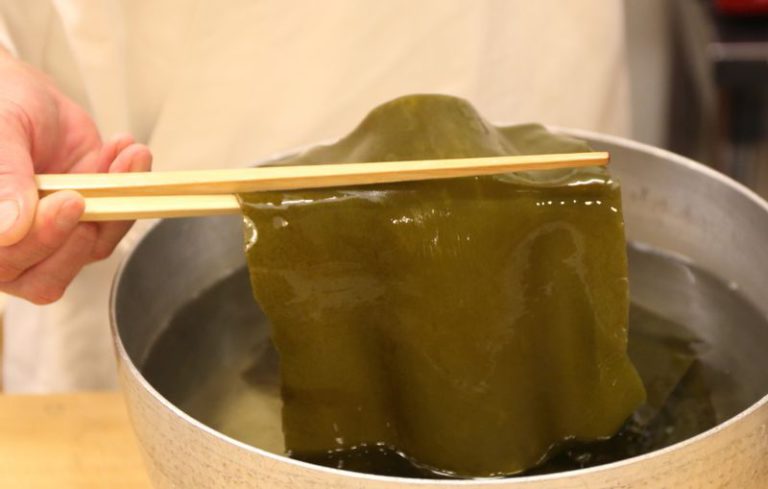
Kombu dashi
Giant kelp, Tokoshiri kombu, Rausu kombu, and Hidaka kombu from Hokkaido are the most commonly used ingredients of kombu dashi, which is characterized by its pale golden color and deep umami. Kombu is rich in umami, particularly from glutamic acid, and its flavor is said to be essential to Japanese cuisine. It is perfect for dishes such as stews, clear soups, and savory custards that require a delicate flavor. A kombu dashi can easily be prepared by soaking kombu in water overnight for a flavorful broth.
Related Post:https://shun-gate.com/en/power/power_46/
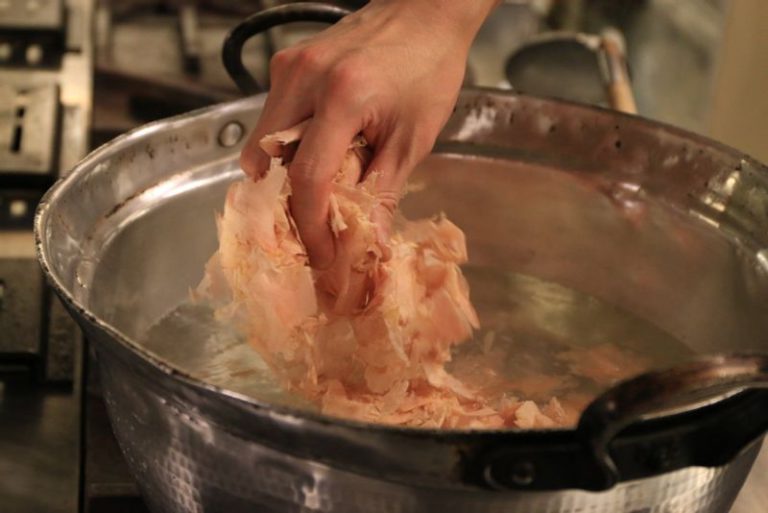
Skipjack tuna dashi
Skipjack tuna dashi is known for its rich umami and aroma of Katsuobushi (dried skipjack tuna). Katsuobushi is high in inosinic acid, which contributes to its umami, and a synergistic effect occurs when it is combined with kombu dashi. Skipjack tuna dashi is commonly used in a variety of Japanese dishes, such as miso soup, stews, and hot pots. This flavorful dashi is made by shaving Katsuobushi and then simmering the shavings in boiling water for a few minutes.
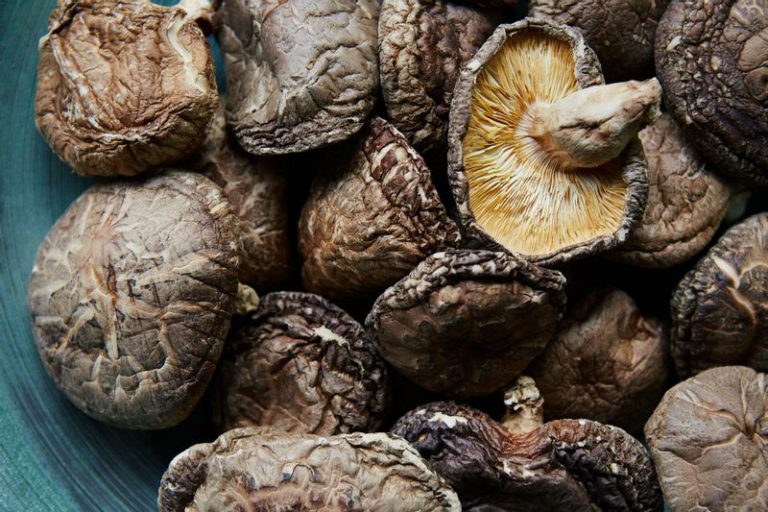
Shiitake dashi
Shiitake dashi is made from dried shiitake mushrooms and is known for its deep umami and rich flavor. Shiitake mushrooms contain a specific umami component called guanylic acid, making them a popular choice for vegetarians and vegans. This dashi is commonly used in dishes such as takikomi gohan (rice cooked with dashi, seasonings, and other ingredients) as well as in stews and soups, where it enhances the overall flavor. To create a rich dashi, soak dried shiitake mushrooms in cold water for at least 12 hours.
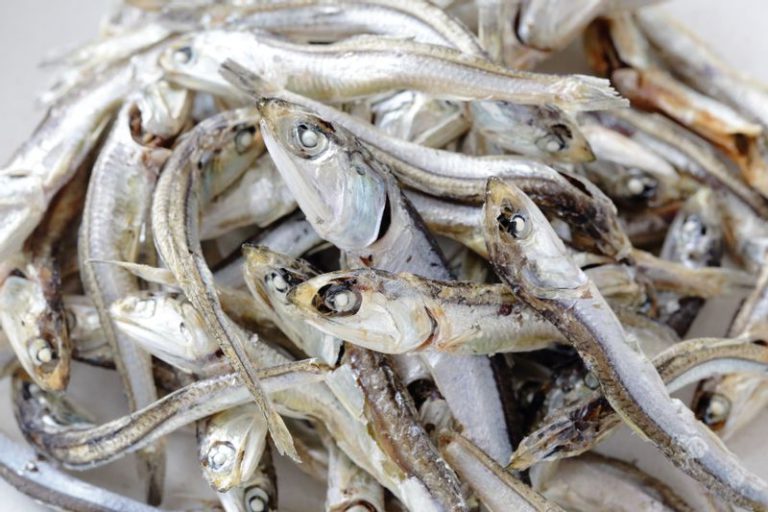
Iriko dashi or Niboshi dashi
Iriko dashi is made from small dried fish, primarily sardines, and is renowned for the intense umami flavor that these small fish provide. Niboshi, which refers to such dried fish, is packed with nutrients such as calcium and vitamin D, making it beneficial for health. Iriko dashi is commonly used in dishes such as ramen soups, oden, and stir-fries, enhancing the overall flavor of these meals. The dashi can be prepared using either cold water or boiling water. For a more delicate flavor, remove the sardines’ heads and guts before making the dashi.
The health benefits of dashi and its umami
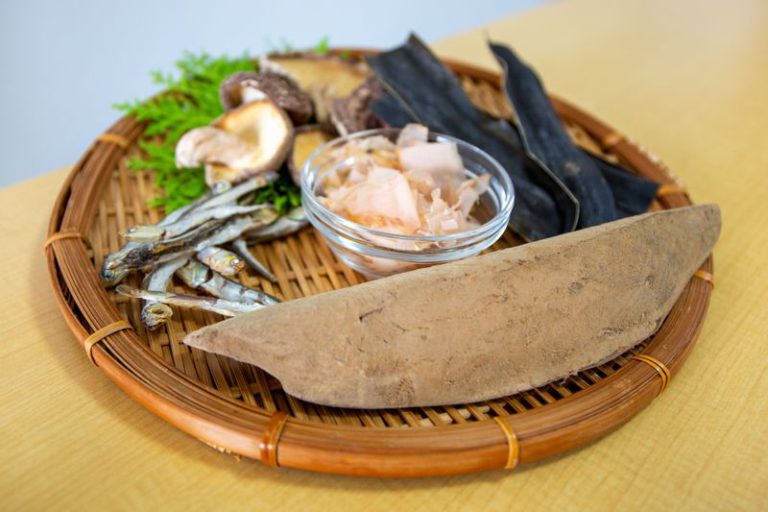
Dashi in Japanese cuisine is believed to offer numerous health benefits. Skipjack tuna dashi is rich in amino acids, which can help with fatigue recovery and enhance the body’s immune system. Niboshi dashi is packed with calcium and vitamin D, making it beneficial for maintaining bone health.
Incorporating umami components can enhance flavor while reducing salt use, giving dashi the health benefit of potentially reducing the risk of hypertension and heart disease. A cuisine that incorporates dashi is a food culture that allows us to pursue taste while being mindful of health.
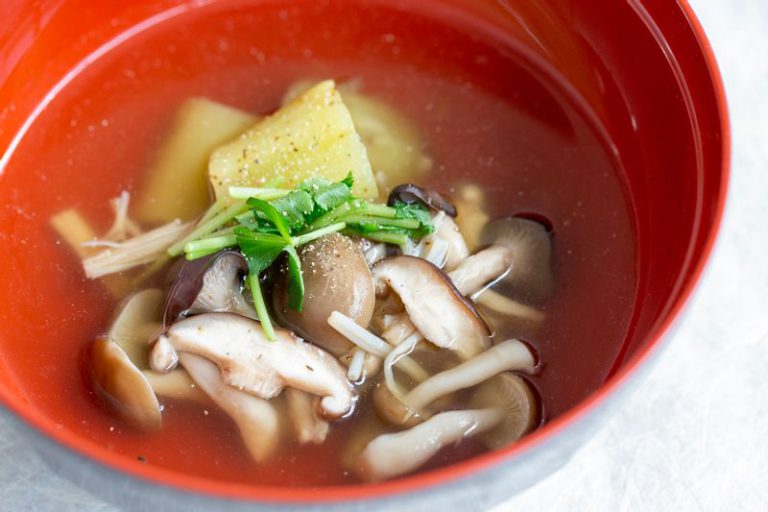
RECOMMENDATION RECIPES
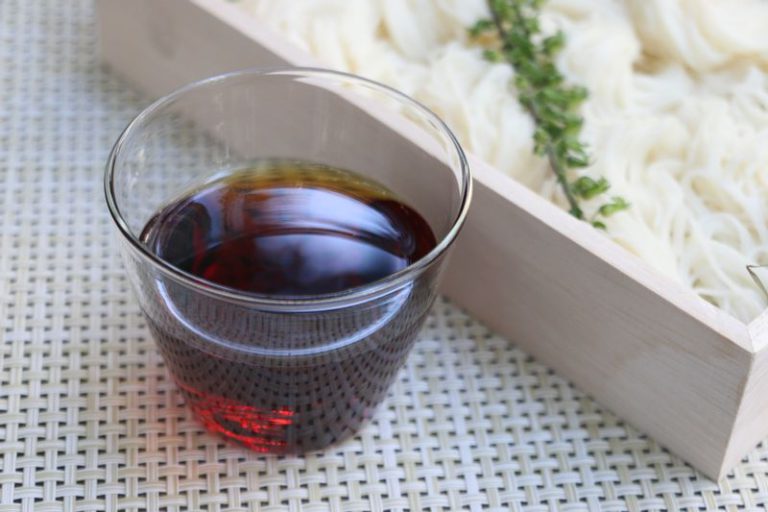
RECOMMENDATION RECIPES
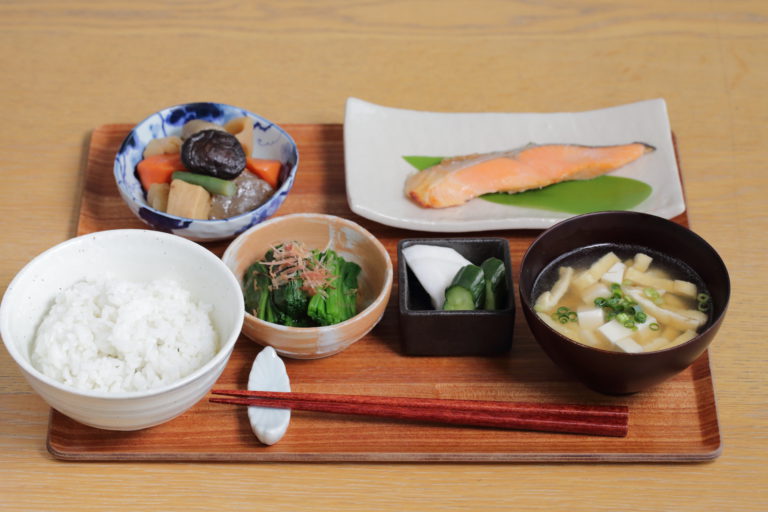
We invite you to rediscover the diverse flavors of dashi on days when you prepare Japanese cuisine.

